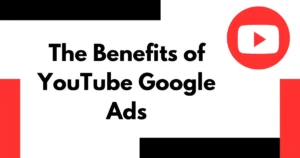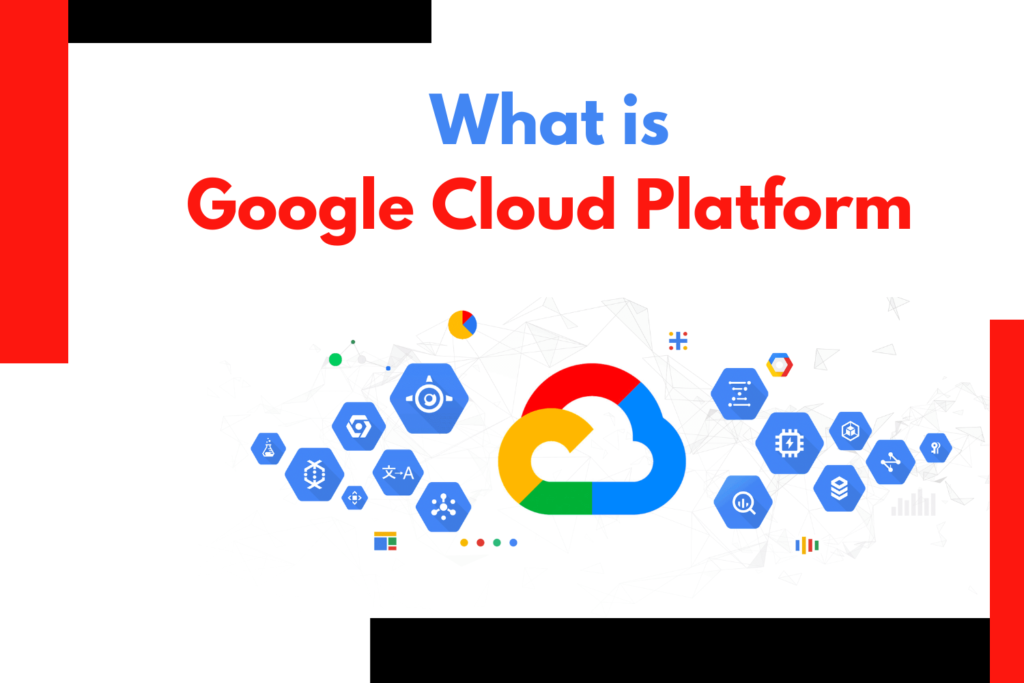![]()
In the ever-evolving landscape of digital marketing, YouTube Google Ads have emerged as a powerhouse for businesses aiming to expand their reach and engage with their target audience effectively. With over 2 billion logged-in monthly users, YouTube stands as the second-largest search engine globally, making it an indispensable platform for advertisers looking to showcase their products or services. In this extensive guide, we begin on an exploration of YouTube Google Ads, uncovering their advantages, optimal methods, and pathways to achieving success.
Table of Contents
Understanding YouTube Google Ads

YouTube Google Ads, also known as TrueView ads, allow advertisers to promote their content across YouTube’s vast network of videos. These ads operate on a pay-per-view model, meaning advertisers only pay when viewers watch or interact with their ad. There are several types of TrueView ads, each serving different purposes:
- In-stream ads: These ads play before or during another video on YouTube. Viewers have the option to skip the ad after five seconds, and advertisers are only charged if the viewer watches at least 30 seconds of the ad (or the entire duration if it’s shorter than 30 seconds) or engages with the ad, such as clicking on a call-to-action.
- Discovery ads: Formerly known as In-Display ads, Discovery ads appear alongside related YouTube videos, in YouTube search results, or on the YouTube homepage. Unlike In-stream ads, advertisers are charged when users click on the ad to view it.
- Bumper ads: Bumper ads are short, non-skippable ads that play before the viewer’s chosen video. These ads are limited to six seconds in length and are typically used for quick brand awareness.
The Benefits of YouTube Google Ads

- Massive Reach: With billions of users watching billions of hours of video every day, YouTube offers unparalleled reach for advertisers to connect with diverse audiences worldwide.
- Targeted Advertising: YouTube provides robust targeting options, allowing advertisers to reach specific demographics, interests, behaviors, and even target viewers based on their past interactions with the brand.
- Engagement and Brand Awareness: Video content has a unique ability to capture attention and evoke emotions. YouTube Google Ads enable advertisers to tell compelling stories, showcase products, and build brand awareness in a highly engaging format.
- Cost-Effective: The pay-per-view model ensures that advertisers only pay when their ad is viewed, making it a cost-effective advertising solution. Additionally, the targeting options help maximize the effectiveness of ad spend by reaching the most relevant audience.
- Measurable Results: YouTube’s robust analytics provide advertisers with detailed insights into ad performance, including views, clicks, engagement metrics, and conversion tracking, enabling them to optimize campaigns for better results.
Best Practices for YouTube Google Ads
- Create Compelling Content: Capture viewers’ attention within the first few seconds to encourage them to continue watching. Use visually appealing imagery, compelling storytelling, and clear calls-to-action to engage the audience.
- Optimize for Mobile: With the majority of YouTube’s traffic coming from mobile devices, ensure that your ads are optimized for mobile viewing. Use concise messaging and legible text to cater to mobile users.
- Targeting and Segmentation: Utilize YouTube’s targeting options to narrow down your audience based on demographics, interests, keywords, and past interactions. Tailor your messaging and creative assets to resonate with specific audience segments.
- A/B Testing: Experiment with different ad formats, creatives, targeting options, and calls-to-action to identify what resonates best with your audience. Regularly assess and refine your campaigns using performance data as your guide.
- Consistent Branding: Maintain consistent branding across all your YouTube ads to reinforce brand identity and increase brand recall. Use logos, colors, and messaging that align with your overall brand strategy.
- Optimize Landing Pages:
Please make sure that your landing pages are fine-tuned for conversions while delivering a seamless user experience. Match the messaging and offer from your ad to the content on the landing page to minimize bounce rates and maximize conversions.
Strategies for Success
- Content Strategy: Develop a content strategy that aligns with your marketing objectives and target audience. Create a mix of educational, entertaining, and promotional content to keep viewers engaged and build brand affinity.
- Remarketing: Deploy remarketing campaigns to reconnect with users who have previously engaged with your brand or visited your website. Tailor your ads to address their specific needs or interests based on their past interactions.
- Collaborations and Influencer Marketing: Partner with relevant influencers or content creators in your industry to reach new audiences and leverage their credibility and influence. Collaborative content can help increase brand visibility and credibility.
- Data Analysis and Optimization: Regularly analyze performance metrics such as view rates, click-through rates, and conversion rates to identify areas for improvement. Optimize your campaigns based on data insights to maximize ROI and achieve your marketing goals.
- Continuous Learning and Adaptation: Stay updated with the latest trends, features, and best practices in YouTube advertising. Experiment with new formats and strategies to stay ahead of the competition and keep your campaigns fresh and effective.
Conclusion:
In conclusion, YouTube Google Ads offer unparalleled opportunities for advertisers to reach and engage with their target audience in a highly visual and engaging format. By understanding the various ad formats, leveraging targeting options, and following best practices and strategies for success, advertisers can maximize the effectiveness of their YouTube advertising campaigns and achieve their marketing objectives. Embrace the power of YouTube Google Ads to unlock new growth opportunities for your business in the dynamic world of digital marketing.
FAQs :
Frequently Asked Questions (FAQs) for YouTube Google Ads
- What are YouTube Google Ads? YouTube Google Ads are advertisements displayed on the YouTube platform, powered by Google’s advertising network. These ads appear before, during, or after YouTube videos, as well as alongside search results and on YouTube’s homepage.
- How do YouTube Google Ads work? Advertisers create ad campaigns through Google Ads, specifying targeting criteria such as demographics, interests, and keywords. Google then displays these ads to relevant YouTube users based on their browsing history, preferences, and other factors.
- What types of YouTube Google Ads are available? There are several types of YouTube Google Ads, including TrueView ads (skippable and non-skippable), bumper ads, display ads, overlay ads, and sponsored cards. Each type serves different purposes and offers unique features for advertisers.
- What is a TrueView ad? TrueView ads are a type of YouTube Google Ad that allows viewers to skip the ad after a few seconds (usually 5 seconds for skippable ads). Advertisers are only charged when viewers watch the ad for a certain duration or engage with it in some way, such as clicking on a call-to-action.
- How are YouTube Google Ads priced? YouTube Google Ads use a variety of pricing models, including cost-per-view (CPV), cost-per-click (CPC), and cost-per-thousand-impressions (CPM). Advertisers bid on their desired pricing model and set a budget for their campaigns.
- What targeting options are available for YouTube Google Ads? Advertisers can target their ads based on various criteria, including demographics (age, gender, location), interests, keywords, remarketing lists, and specific YouTube channels or videos. Advanced targeting options also include affinity audiences, custom audiences, and in-market audiences.
- How can I measure the performance of my YouTube Google Ads? Google Ads provides comprehensive reporting and analytics tools to track the performance of YouTube ads. Metrics such as views, view-through rate (VTR), click-through rate (CTR), conversions, and cost-per-acquisition (CPA) can help advertisers assess the effectiveness of their campaigns.
- Can I optimize my YouTube Google Ads for better performance? Yes, advertisers can optimize their YouTube Google Ads by testing different ad formats, targeting options, ad creatives, and bidding strategies. Regularly monitoring performance metrics and making adjustments based on insights can help improve ad performance over time.
- Are there any content guidelines for YouTube Google Ads? Yes, YouTube has strict content policies that advertisers must adhere to when creating ads. This includes guidelines on prohibited content such as violence, hate speech, sensitive events, and copyrighted material. Advertisers should review YouTube’s advertising policies to ensure compliance.
- How do I get started with YouTube Google Ads? To get started with YouTube Google Ads, you need to create a Google Ads account, set up a campaign, choose your targeting options, create your ad creatives, and set your budget and bidding strategy. Google Ads provides step-by-step guidance to help advertisers create effective campaigns.
Read More –
Social Media And Its Impact On Fashion
How To Be More Self-Disciplined | Positive Lifestyle Changes









